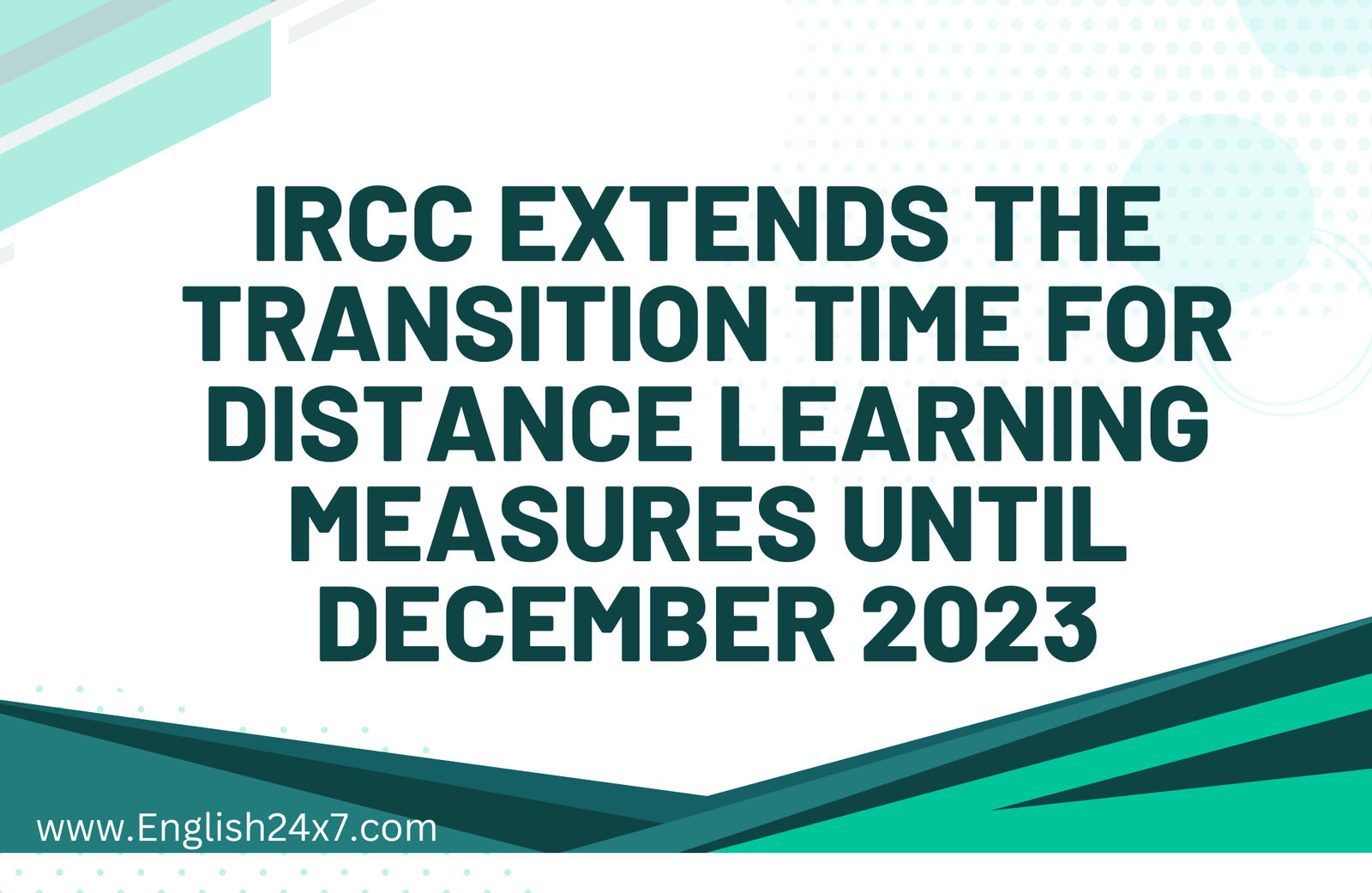
The right amount of immigration for Canada
As the number of immigrants coming to Canada keeps going up—an estimated 1.45 million people are predicted between 2023 and 2025—many people in the country may start to wonder: how many immigrants should Canada have?
The economy
One of the main goals of Canada's immigration system is to fill job market gaps that can't be filled by Canada's aging population.
There has always been a positive link between Canada's economic potential (as measured by the country's economic output gap) and the number of economic temporary (those with a work permit) and permanent residents (the biggest group of newcomers Canada lets in every year).
But Desjardins says that this link has changed recently, and that more newcomers are coming than the economic output gap can explain. When you add this to the low jobless rate, it seems like there are too many new people for the economy to grow.
Even though Canada has been trying to bring in more immigrants in recent years, the national jobless rate has mostly stayed the same at about 5%.
At the same time, the number of job openings has stayed higher than the national jobless rate. Putting all of this together shows that even though immigration is helping Canada get close to its economic potential, there are still a lot of jobs open in the economy.
Noting that many temporary foreign workers come to Canada to fill a specific need in the job market (often with the help of an LMIA) helps explain why this might be the case.
Due to the high number of open jobs and Canada's inability to fill them with its own people, it seems reasonable to say that the current amount of immigration is economically justified.
Also, economic immigration has long-term effects on Canada's economy, which are related to the country's economic prospects. Getting more people to move to Canada helps both the potential GDP growth and the potential GDP per person.
This is because people who just moved to Canada are more likely to be working than people who were born there. Also, people who move to Canada tend to be younger, which means they have more work hours and years ahead of them.
In 2022, all of Canada's population increase among people aged 15 to 64 who were working was caused by permanent and non-permanent immigrants. From an economic point of view, this means that immigration can help meet Canada's short-term and long-term wants and goals.
The demographic situation
Canada's aging population is central to the conversation about how immigration helps the economy. Due to Canada's national health care system, people over 64 who are no longer able to work can put a big strain on the country's budget.
This is because medical costs tend to go up as people get older, and Canada's healthcare system makes sure that most of these costs don't fall on the person.
This effect can be even stronger in provinces that don't have a lot of big cities. These provinces have a smaller economy, a higher proportion of older people, and less immigration to meet their job market needs.
Canada's Parliamentary Budget Officer wrote the Fiscal Sustainability Report, which says that provincial government healthcare spending per person is expected to double between 2020 and 2040, hitting $10,000 CAD per year.
Reports say that Canada would need to add an average of 2.2% to its working-age population every year in order to keep the same number of working-age people to older people until 2040.
With only 256,000 new economic permanent residents and 756,000 persons with work permits, Canada's working-age population rose by only 1.6% in 2022.
If Canada wanted to keep the same number of older people to working-class people that it had in the past (the national average between 1990 and 2015), it would need to add 4.5% to its working-age population every year until 2040.
In both cases, Canada would need to bring in a lot more people who are working age than it did in 2022, which was the year when the working age population grew at the fastest rate since 1989.
Based on these numbers, economic immigration also seems to be a big part of the answer to Canada's population problems and the economic damage they can cause. Also, the Provincial Nominee Program (PNP) is now Canada's main way for people to come to the country for work.
PNPs help spread the benefits of economic immigration across Canada's provinces by filling key labour gaps. They can also help provinces deal with the rising costs of health care for their aging populations, which puts a lot of pressure on their economies.
Is it easy?
Even though the problems listed above make a strong case for growing immigration to Canada, it can be expensive to welcome so many people to a new country at once.
Canada's home market is a key place where this has been shown to be true. Due to the growing number of people in Canada who are of working age, all types of homes have become less affordable.
In addition to this problem, there need to be more new housing projects being started. This is because loan rates are going up, production costs are going up, and people aren't interested in buying houses before they are built. Desjardins originally thought that Canada would need at least 100,000 new housing starts each year to keep up with rising housing costs.
However, the organization now thinks that this number needs to be changed because so many temporary residents (like those with work and study permits) are also welcomed each year. If these homes aren't built, prices for buying and renting homes will only go up.
This could be a big problem for Canada because if there isn't enough affordable housing, skilled workers might not want to move there and the country might be less open to immigration as a whole.
Immigration is important for Canada's long-term economic success because foreign-born workers help meet short-term labour market needs and add to long-term potential GDP growth. Immigration helps Canada's demographics even more, especially since its population is getting older.
But the rising population is making things hard, especially in the rental market. The government could try to tighten standards for non-permanent residents to make housing more affordable. However, this could slow the growth of the working-age population and make people worry about the long-term health of the economy, especially in Canada's larger provinces.
It is important for the federal government to find a balance between immigration policy and a strategy that is focused on getting results, like making housing more affordable and improving the quality of life for all Canadians.







